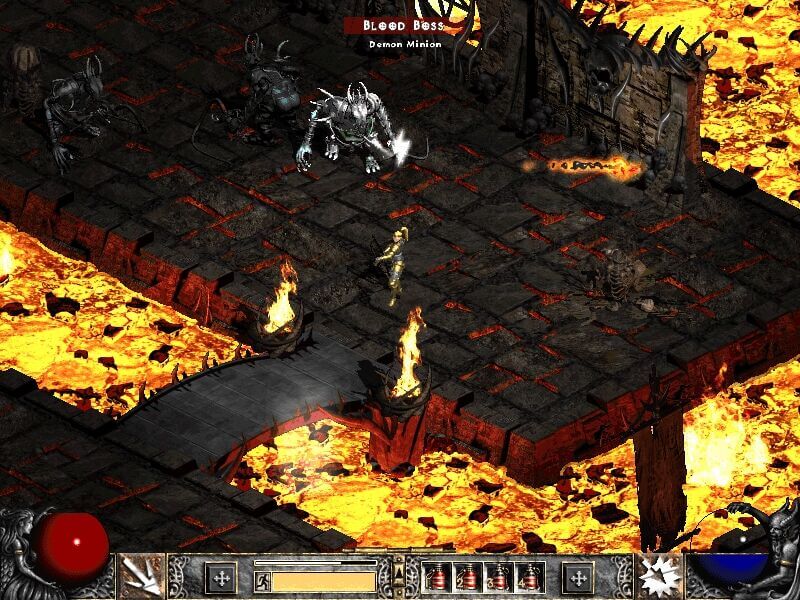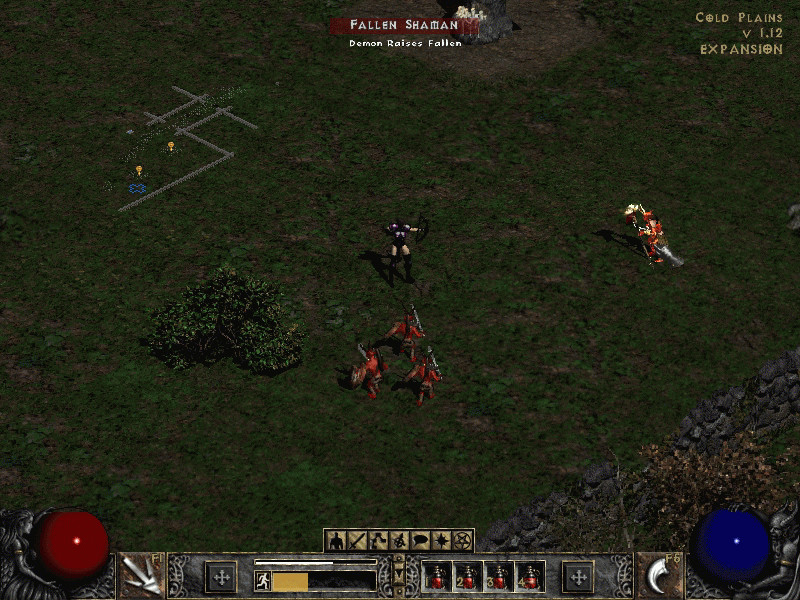

Blizzard intentionally chose to make the final fight with Diablo in the High Heavens of D3 and in Hell of D2. It could even be argued that the final boss fight of any game is its most exciting part. This point of the game, disregarding the expansions, is the climax and the end campaign goal for the player to achieve. The images below both show the final fight with Diablo (guess which game is which) and these images alone show the polarizing contrast of visuals. One of the most outstanding takeaways in the differences between Diablo II and III is the use of primary colors in the Diablo boss fight. However, it is no question that these elements are more prominent in Diablo II. Many zones include rivers of lava and all of them include menacing demons.

These visual elements are meant to have some connection with the classic Christian interpretation of Hell and this is shown well in both games. The primary colors in the Diablo series are very dark and contrasted with lots of red, typically creating zones covered in ash and flame. This post will analyze the efforts Activision Blizzard took to modernize Diablo III: RoS, as well as what elements were inspired by Diablo II: LoD in terms of artstyle, story, and gameplay. Later, the Reaper of Souls (RoS) expansion was added that introduced a new class, a new act, and an improved leveling (paragon) system. Diablo III was released in 2012 that expanded platforms available from just PC and macOS to Xbox 360 and PS3, although later the game became compatible with Xbox One, PS4, as well as the Nintendo Switch. Just a year later, Diablo II: Lord of Destruction (LoD) was released that added two new classes, balancing changes, as well as a new act. Needless to say, it was a commercial success. At the time of the 2000 release of the Guinness Book of World Records, it was the fastest computer game ever sold. Blizzard Entertainment released Diablo II in 2000 for both PC and macOS, just four years after its predecessor. The Diablo series is known for its dark, gothic atmosphere and its revolutionary contribution to the ARPG (Action Role-Playing Game) genre.


 0 kommentar(er)
0 kommentar(er)
